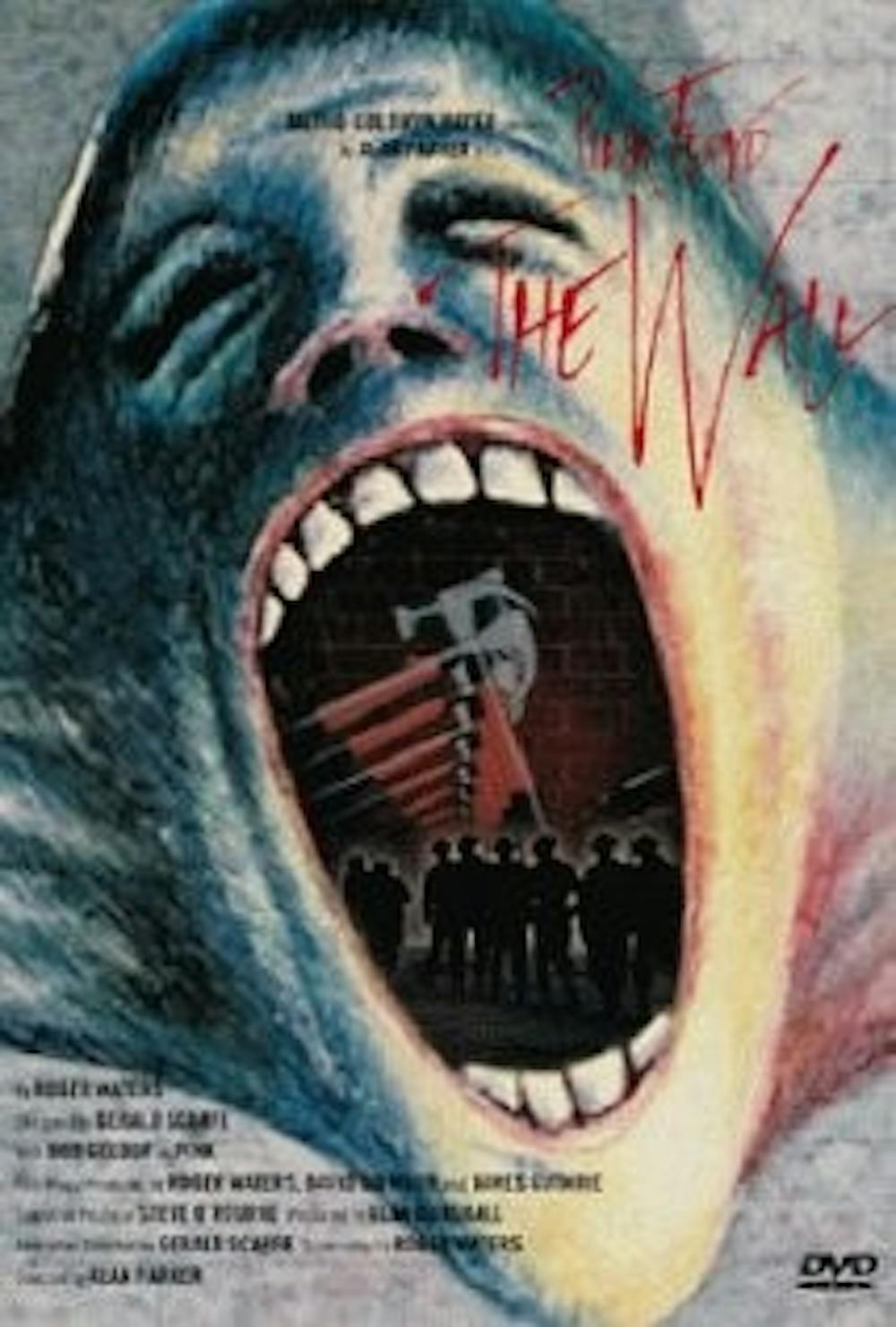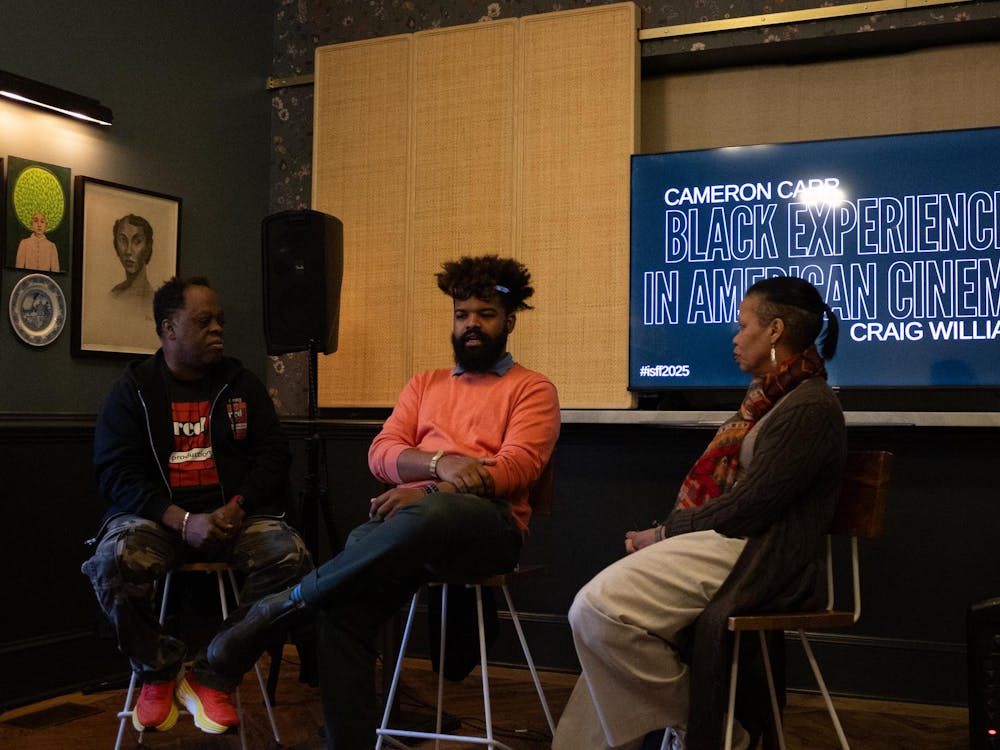With the advent of spring, it seems appropriate to delve into the ethereal and complex world of Pink Floyd, the classic 1970s anti-establishment rock-and-rollers who once ruled psychedelic culture. Their movie, “The Wall,” is more than just entertainment for the drug-minded, however — it also offers deep insight into issues of mental health.
In the film, the main character — Pink — suffers significant hardship throughout his life. His father dies in World War II while Pink is still very young, and he is brought up by an overprotective mother. As overbearing as his mother is, Pink still faces neglect, unable to even secure companionship with a wounded pet rat, which soon dies. Even Pink’s teacher bullies him and prohibits expressions of creativity and individuality.
As an adult, he fares little better. Pink’s wife cheats on him and he soon finds his life as a rock star to be superficial. Ultimately, each episode of isolation and repression represents a “brick,” creating a wall which separates Pink from the rest of the world. Unable to connect to anyone and uninterested in everything, he sinks into a deep depression. Pink becomes unfocused, at times submitting himself to illusions of grandeur. In darker scenes, he pictures himself as a World War II dictator raging against minorities and leading events similar to Kristallnacht.
Sadly, the plot was largely based on the real lives of Pink Floyd band members. Roger Waters, the lead singer and frontman, also lost his father in World War II.
“It’s about my generation, war-babies,” Waters said in a 1979 interview with DJ Tommy Vance.
But the problems of depression and isolation remain profoundly relevant in society today. Many teens and adults still struggle with depression and to build meaningful relationships in their lives. The genius in “The Wall” comes from the specific focus on social factors as the root cause of mental illness. Pink’s overprotective mother, the film shows, directly causes a lot of Pink’s problems later in life.
“Funnily enough, lots of people recognize [a mother’s tendency to overprotect] and, in fact, a woman … called me up and said… that listening to that track made her feel very guilty” Waters said. “I was glad it had.”
In addition to highlighting various forms of mental illness, “The Wall” also highlights society’s failure to properly recognize and help those affected. When Pink enters into an unresponsive trance, his doctor merely injects him with more chemicals so he can perform at his concert.
“All [society is] interested in is how many people there are and tickets have been sold and the show must go on, at any cost,” Waters said. “I, personally, have done gigs when I’ve been very depressed, but I’ve also done gigs when I’ve been extremely ill.”
Overall, “The Wall” is at once dark, violent, sexually explicit and artistic. The equally intense music sets the mood of the long, dialogue-less movie, ultimately forcing the audience to feel Pink’s anxiety, fear, aggression and isolation. Waters effectively shows how he saw the world through his eyes.
“If you look and see things and if they ring true, then those are the kind of things … that you try and write down, because those are the things that … will touch other people,” he said. “Some people have a need to write down their own feelings in the hope that other people will recognize them, and derive some worth from them.”







